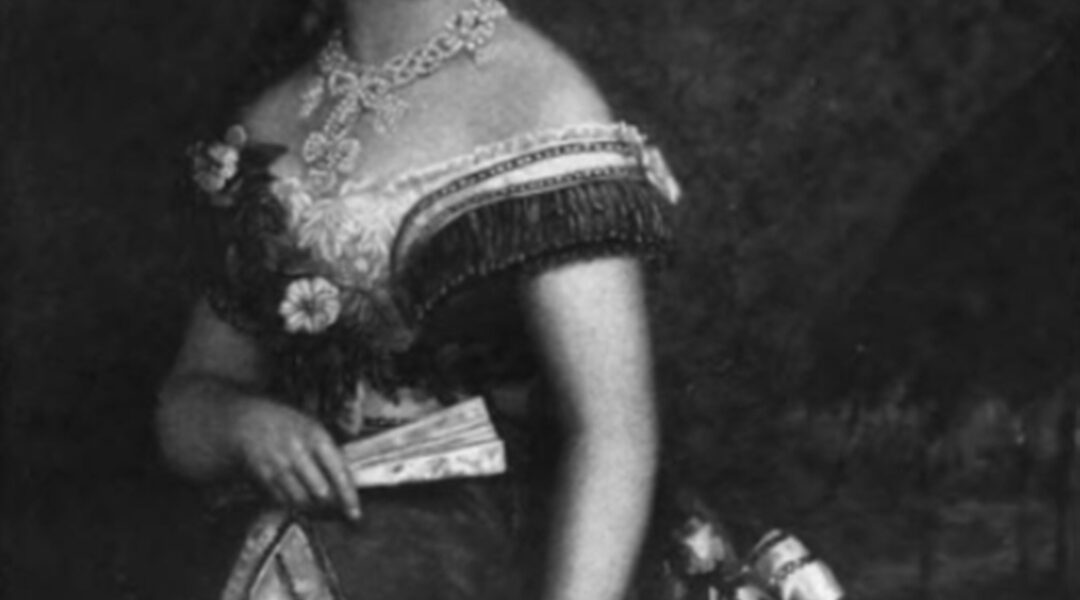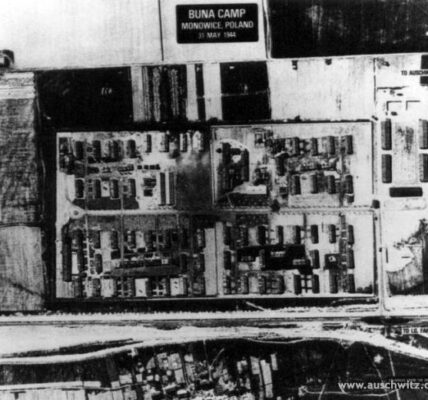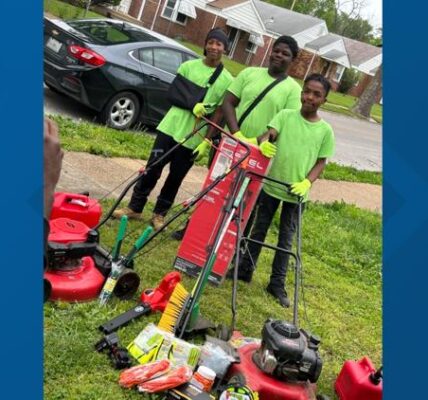
At just twenty-one years old, Martha Coston’s world was turned upside down. A widow in the bustling city of Philadelphia, she was left with four children to feed and no means of support. Many in her situation would have been crushed beneath the weight of grief and survival. But Martha’s story did not end with tragedy—it began there.
One evening, while searching through her late husband’s belongings, Martha came across a stack of notebooks. Inside were sketches and half-finished formulas, the remnants of an idea he had struggled to bring to life: a maritime signaling system. His attempts had failed, but Martha saw something others could not—possibility.

Though she had no formal training, Martha resolved to pick up where her husband had left off. She sought out chemists, inventors, and pyrotechnics experts, pouring every ounce of her willpower into transforming these fragments into something tangible. For years, she endured countless failures, toxic experiments, and long nights lit only by the sparks of trial and error.
Her breakthrough came from an unexpected source: fireworks. Their vivid, explosive bursts gave her an idea—what if color could be harnessed not just for spectacle, but for survival? Working tirelessly, she developed a system of red, white, and green flares that could pierce the darkest night, carrying coded messages across miles of sea.
In 1859, after relentless perseverance, she secured patent #23,536 for her “Pyrotechnic Night Signals.” It was a moment of triumph not only for Martha but for every sailor who would one day owe their life to her invention.
When the Civil War erupted, the U.S. Navy quickly realized the value of her system. Her flares guided ships through treacherous waters, signaled urgent messages in the chaos of battle, and illuminated the night sky for rescues that would have otherwise been impossible. Her invention helped the Union maintain critical communication, quietly shaping the outcome of the war.
But Martha was not finished. In 1871, she introduced a twist-ignition device that made her signals even more effective. Soon, navies across the globe adopted her system, as did shipping companies and yacht clubs. From the Atlantic to the Pacific, Martha’s flares became a universal language of light.
Yet, despite her success, recognition was hard-won. In a world where women’s contributions were often dismissed, Martha found herself constantly fighting for fair payment and acknowledgment. Her invention saved lives and transformed maritime communication, but too often, the credit was minimized or attributed to others. Still, she refused to give up. She fought not just for her invention, but for her place in history.
Martha Coston’s legacy endures in every streak of light that cuts across a sailor’s night sky. Her invention remains a symbol of resilience born from grief, of a young widow who refused to surrender to despair.
She turned darkness into light, and in doing so, illuminated a path not only for sailors, but for every dreamer who dares to create against impossible odds.




